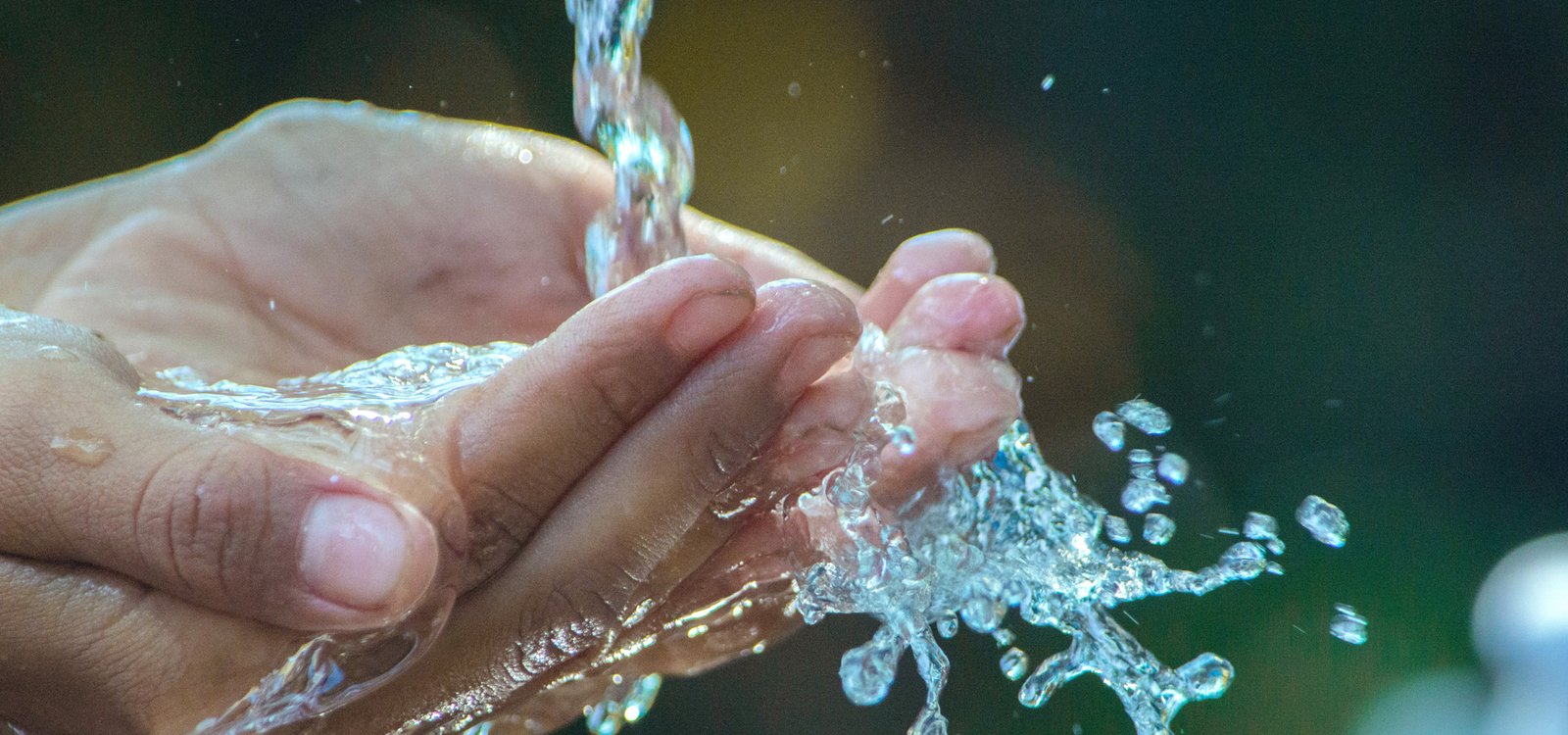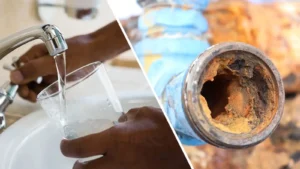Water is a fundamental necessity for life, yet many water sources contain contaminants that can be harmful to health. Conducting a water analysis ensures that your water is safe for consumption and free from harmful impurities. Whether you rely on municipal water or private well water, testing is crucial to prevent health hazards and maintain water quality.
What is Water Analysis?
Water analysis is the process of testing water samples for contaminants, minerals, and other impurities. It involves various steps to determine the quality, composition, and safety of the water you drink and use daily.
Steps Involved in Water Analysis
1. Water Sampling in Ohio
The first step in water analysis is collecting a sample from the source. This includes:
- Tap water from your home
- Well water sources
- Industrial or agricultural water supplies
- Natural water bodies like lakes and rivers
2. Physical Analysis
This involves assessing the physical characteristics of water, such as:
- Color
- Odor
- Temperature
- Turbidity (clarity of water)
3. Chemical Testing
Chemical tests help detect elements like:
- pH levels (acidity or alkalinity)
- Hardness levels (Check water hardness in Ohio)
- Chlorine levels
- Heavy metals (Lead, Arsenic, Mercury)
- Nitrate and Nitrite levels
4. Biological Testing
Water can contain bacteria, viruses, and other microorganisms. Professional water testing in Ohio includes testing for:
- E. coli
- Coliform bacteria
- Protozoa and parasites
5. Advanced Contaminant Testing
This test ensures that water does not contain harmful chemicals such as:
- Pesticides
- Pharmaceuticals
- Industrial chemicals
6. Interpretation of Results
After testing, results are analyzed to determine if the water meets health and safety standards. If contaminants are present, recommendations are made for appropriate filtration or purification methods.
Why is Water Testing Important Nowadays?
- Health Safety: Contaminated water can lead to serious illnesses such as gastrointestinal diseases, neurological disorders, and developmental issues in children.
- Detecting Hidden Contaminants: Even clear water may contain harmful bacteria or chemicals that are invisible to the naked eye.
- Ensuring Water Purity for Home Use: Testing ensures that your drinking, cooking, and bathing water is safe.
- Well Water Check and Analysis: Private well owners are responsible for their water quality, making routine well water testing in Ohio essential.
- Identifying Water Hardness: Hard water can damage plumbing and appliances; hence, checking water hardness in Ohio is beneficial.
- Environmental Protection: Detecting and controlling pollutants helps reduce environmental damage and groundwater contamination.
Frequently Asked Questions (FAQs)
1. How often should I conduct a water analysis?
It is recommended to test your water at least once a year, especially for private well owners.
2. What is the best method for testing well water?
A professional water testing service can provide an in-depth analysis of well water, checking for contaminants like bacteria, heavy metals, and nitrates.
3. Can I test my water at home?
Home test kits are available but may not be as accurate as lab testing. A certified water quality testing company in Ohio provides comprehensive results.
4. What should I do if my water is contaminated?
If your water test results indicate contamination, consider filtration systems or professional treatment options to purify your water.
5. Is hard water harmful?
Hard water isn’t necessarily harmful but can cause plumbing issues, dry skin, and soap scum buildup. A water hardness check in Ohio can help determine if you need a softener.
For professional water analysis services in Ohio, reach out to Ohio Water Testing:
📞 Phone: (440) 296-3222
🌐 Get Free Quote: https://ohwatertesting.com/contact-ohio-water-testing/
For more insights into water quality and contaminants, visit the EPA’s Water Quality Standards page:
🔗 EPA Water Quality Standards






Pingback: Well Water Filtration System in Ohio | Purify Your Water